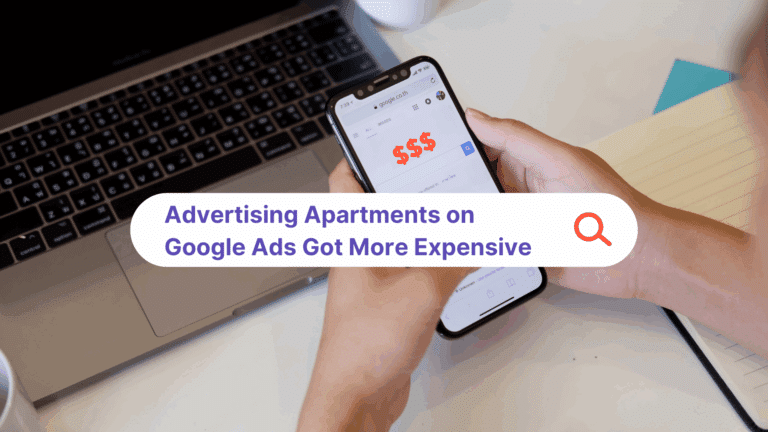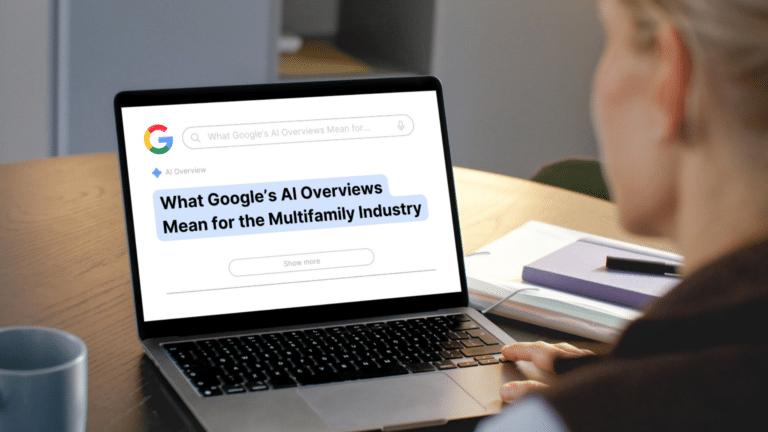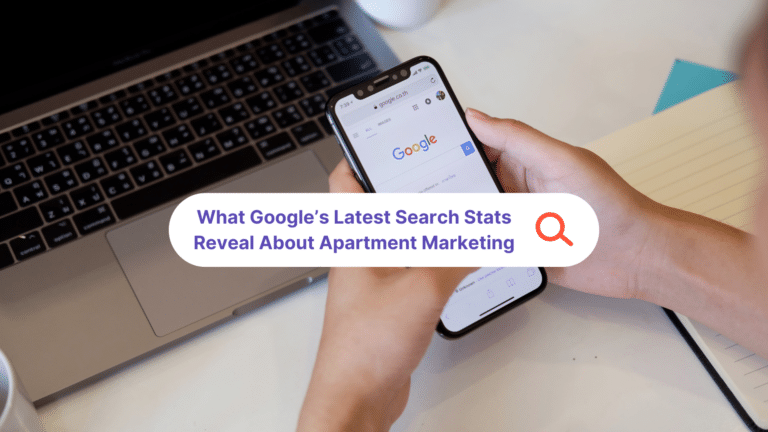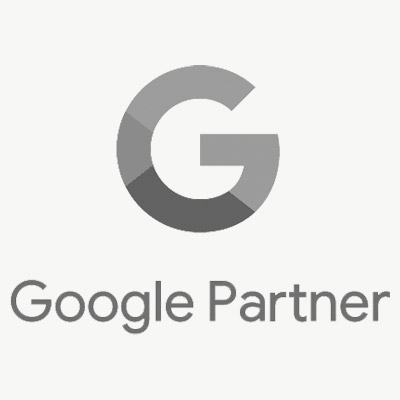
There’s no doubt about it — geofencing is a trending buzzword in the multifamily industry.
A recent survey of more than 100 apartment marketing professionals found that 20% had started using geofencing to target prospects within the past year.
And, more and more digital marketing agencies are adding it to their array of options aimed at multifamily clients.
While location-based technology offers new ways for marketers to reach customers, it’s a complex, moving target as new capabilities continue to emerge. Wrapped up in the mix is pay-per-click advertising, which uses its own form of location-based targeting.
So, what is all this stuff and should you invest in it?
First, it’s helpful to gain an understanding of the broadest form of location-based technology, geotargeting.
What is geotargeting?
Generally speaking, geotargeting is the practice of sending content to a user based on their geographical location such as state, city or zip code. Its primary aim is to drive foot traffic to brick-and-mortar businesses. If you’ve ever received a mobile ad for a car dealership in your city or an email promoting a sale at a local retail store, that’s geotargeting.
So, what’s geofencing?
Geofencing is a form of geotargeting that operates on a much more granular, hyperlocal level. It launches alerts to smartphone users when they’re in a tightly defined geographical area, like near a particular apartment community.
So, think of it as a virtual fence. When someone enters its parameters, technology like GPS or radio frequency identification (RFID) enables location identification, which triggers a notification to the person’s smartphone.
It’s important to note that for the notifications to be launched, the user has to be using an app that supports geofencing for apartments, which can be anything from Pandora to Yelp. This, combined with the fact that the user must be within the radius, means the target audience would be very limited.
As a side note, geofencing isn’t just limited to marketing. It’s used across many different sectors, from law enforcement (a geofence can be used along with an ankle bracelet to monitor those on house arrest) to recreational activities (a geofence can be used to notify skiers when they’re approaching off-limits areas and prevent accidents.)
If I have a Google Adwords PPC campaign, does that mean I have geofencing?
In a word, no.
It’s technically not geotargeting, either. Plenty of blogs and articles refer to AdWords location-focused advertising as such, but Google stops short of using that terminology when describing its product.
AdWords campaigns use basic location targeting, which might sound a bit, well, basic when compared to the offerings above. But it’s actually much more effective.
AdWords campaigns are set-up to show ads above, below, and alongside organic search results based on a user’s Google search terms and geographical location, among other factors, so they’re much more likely to be relevant and to get clicks and conversions.
Another important distinction is that neither the AdWords nor Bing PPC platforms support mobile notifications as geofencing does.
What should I keep in mind if I’m considering geofencing?
- Geofencing is a blunt object. Some industries, such as retail and restaurants, have found that geofencing offers decent ROI. If you’re walking around a neighborhood and your phone pings with a special happy hour deal at a pub across the street, it’s a no brainer to make a beeline there if you’re thirsty. But apartment-hunting is a little more complex than that. It would make sense that restaurants would have success with geofencing — we all have to eat — not everyone is looking for an apartment. And still, all users who enter the geofenced area will get a notification about a move-in special, whether it’s relevant or not.
- Privacy is a concern. When it comes to location-based marketing, privacy will always be part of the conversation. It’s important to consider the relationship you want to have with your customers and whether you want to be thought of as “creepy” because your technology knows pretty much exactly where they are. For many, concerns over privacy would be a deal-breaker. Which leads us to…
- Users might opt out. If they feel their privacy is being invaded or if they’re just annoyed because they’re receiving irrelevant notifications on their phones, they could go to their settings and opt out of receiving geofencing messages. And you can’t have a decent ROI if users don’t want to hear from you.
Conclusion
Geofencing has been getting a lot of attention for the last few years, but jumping into such a dynamic form of technology comes with its risks. It would make more sense to invest your advertising dollars in an approach that’s more tailored to users who are more likely to be interested in what you’re selling and also has location targeting.
That would be PPC ads.
Google AdWords first launched in 2000 and the reason why it’s still growing is because it’s an effective way to get the word out about your business — your ads are only shown to people who are already searching for what you’re offering.
When you partner with an agency to handle PPC services for you, you’ll get complete transparency. While AdWords-certified professionals will manage your campaign, you can access your dashboards anytime so you can monitor the performance of your ads.
[/softease_text_block][/vc_column][vc_column width=”3/12″][/vc_column][/vc_row]






